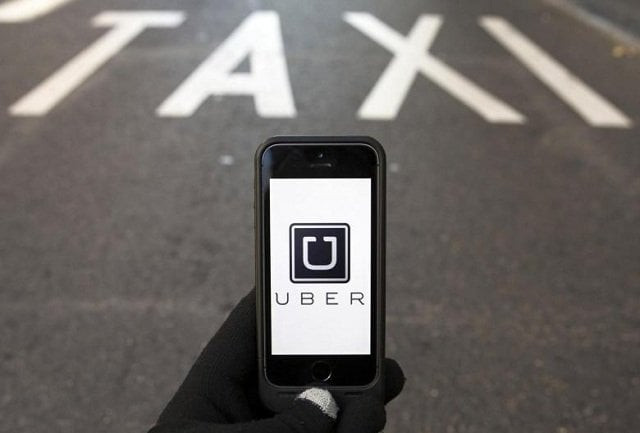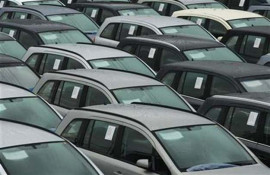
Uber is positioning Movement as its version of Google Trends, which lets anyone analyse what the population is searching for online. Instead of providing street-level information, Uber Movement breaks each city into zones and shows the travel time between those sectors during various times of day.
Competition intensifies in the taxi-hailing world
The project is being rolled out with traffic information curated by Uber's data whizzes for three cities; Manila, Sydney and Washington. The San Francisco ride-hailing company hopes it will cover dozens of cities by mid-February.
“By delivering these insights to cities, we can give back to the community,” Uber Transportation Policy Head Andrew Salzberg.
However, Uber Movement doesn't answer many of the questions officials have been asking. The website doesn't provide details on individual trips, vehicles or passengers. Movement won't enable regulators to figure out, for example, which drivers are illegally taking fares at the airport or working extended shifts. Uber said the data is anonymised on purpose to protect customers' privacy.
Uber lost more than $800 million in third quarter 2016: Bloomberg
New York City's transportation regulator wants access to more granular data, which could let it analyse driver fatigue or illegal activity. The city held a public hearing on the matter last week. Uber and Lyft Inc have resisted providing information on when and where passengers are dropped off and they oppose proposed rules that would require them to do so.
Many of Uber’s international competitors took steps to make more of their data public last month. Easy Taxi, Grab and Le Taxi, which together cover more than 30 countries, are working with the World Bank to publish traffic information from their drivers as part of the Open Transport Partnership. It follows a project the World Bank launched last April compiling GPS coordinates from more than 500,000 Grab drivers in the Philippines to monitor traffic in the country.
Uber under pressure in Pakistan as Careem speeds ahead
City planners could use the dashboard to compare traffic at different times of the year or in certain parts of the city during events, showing, for instance, how a concert venue affects gridlock.
“We fully intend to build this out over time,” said Jordan Gilbertson, product manager for Movement.
The article was originally published in Bloomberg


















COMMENTS
Comments are moderated and generally will be posted if they are on-topic and not abusive.
For more information, please see our Comments FAQ